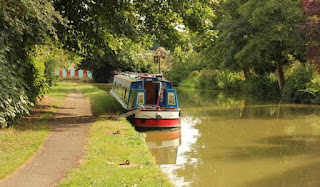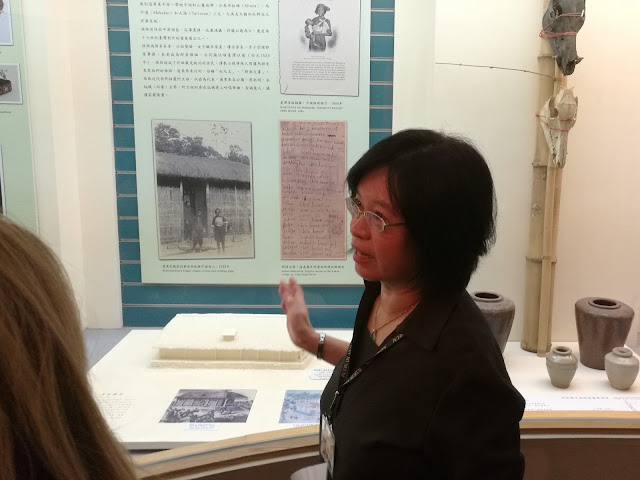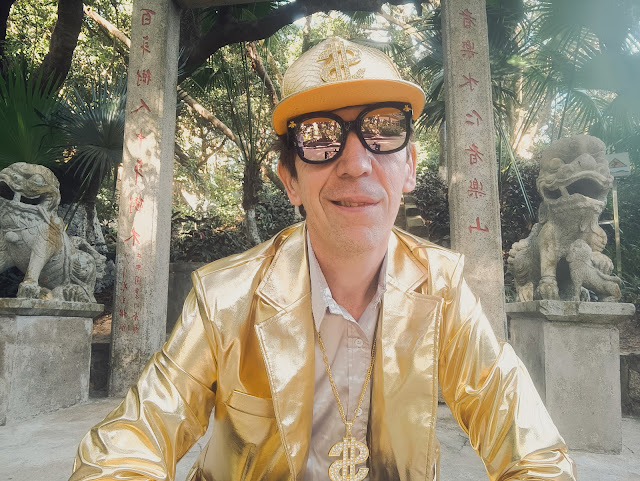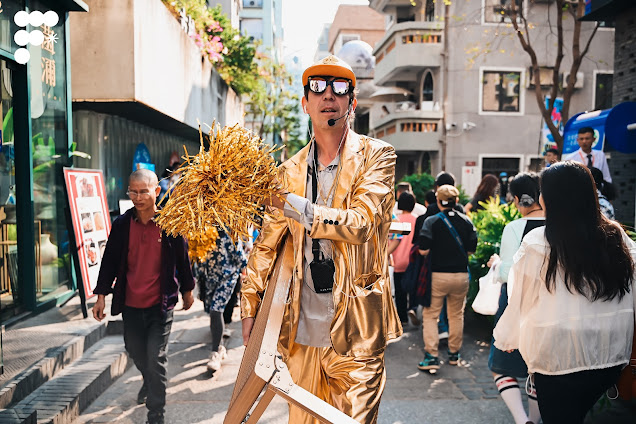A creative review of guided tours worldwide and thinkpad for art and tour projects. Review requests welcomed.
Monday 15 April 2024
The Mud Man: Walking Art in Macao
Tuesday 9 April 2024
The Tour of All Tours: Shanghai Xintiandi video
Tuesday 2 April 2024
From a muddy mangrove to an ex-slaughterhouse: a promenade through Macau
 |
Monday 25 March 2024
Barefoot on Sand: a walk about walking



Sunday 24 March 2024
The Three Shadows Curator Tour
Engeki Quest Macau: a gamebook to explore the city
2. We talk about what we have been doing and about the changes that have taken place during Covid. We talk about live events and face to face encounters and how there is a generation who have got used to living through their phones. We both wonder how to persuade them to put the phone down for a moment, step outside and go and see live shows. This leads us rather neatly to the book Engeki Quest, which is a sort of outdoor show for an audience of one. (go to paragraph 3)
3. I open the cover and start reading: it is a book about Macau. More specifically, it is a book that will guide its reader around Macau and tell stories at the same time. Unlike conventional tour books which take you on a fixed route from one point to the next, Engeki Quest is written in a “choose your own adventure” style. This means each paragraph is numbered and instead of reading the book from start to finish, you are offered many choices in the text and have to flick forwards and backwards as you go. (go to paragraph 7)
4. I’m brought to the steps at the foot of St Paul’s where tourists compete with one another to take pictures of themselves in front of the famous facade. I quickly leave them behind and find a quiet space to the side where I’m brought into a story of Japanese migrants coming to Macau to escape the persecution of Christians back in Japan. It’s interesting to be given an identity and asked to imagine the space from someone else’s point of view. To now read about Praça de Luís de Camões (go to paragraph 6) If you’ve already read it (go to paragraph 8)
6. I set off and this route offers so many choices that I quickly become conscious not only of the path I was following but also, as in Robert Frost’s poem The Road Not Taken, of what could have been if you had taken another path. Gentle but persistent rain starts to fall and this gives the walk a greater sense of purpose still. Most sensible people are now under shelter; continuing to walk in this weather is a commitment to finding meaning. If you’d like to read about the route around the Ruins of St Paul’s (go to paragraph 4) if you’ve already read it (go to paragraph 8)
7. The book takes me on a short walk outside the restaurant that introduces the overall theme of amnesia. The instructions are clear enough that I know where I am going while the stories are suggestive enough that they colour the way I look at the street and the buildings surrounding me. There are four separate routes that can be followed; I completed two of them. To read about the route around the Ruins of St. Paul’s (go to paragraph 4) or Praça de Luís de Camões. (go to paragraph 6)
8. This type of journey could be done using a phone rather than a book but there is something rather engaging about it being in book format. It encourages us to put the phone away and concentrate on the here and now of walking in the city and imagining a story. It is best to do this alone as that gives you space for reflection. You have to be an active participant, not just following the instructions but looking curiously around you, using your imagination and making your own connections. As such, you get as much out of Engeki Quest as you are willing to invest in it. Will it lure the lost generation back outside? Probably not. Will it add some enchantment to Macau for those in search of it? Quite definitely.
Friday 22 March 2024
The Completely Lost Tour: a three day walk to the heart of nowhere
The Taiwan's Indigenous People Tour
Kitsch is like gold dust: The Golden Tour of Shenzhen
The Golden Tour has got interesting and found its feet at long last. The first performances have been given in Shenzhen and it is loud and lurid to say the least.
As so often happens in China, what happens around the show is just as incredible, maybe even more crazy, than the show itself. This one was a real battle to pull off. The festival as a whole had a lukewarm welcome from the authorities, shopkeepers and security guards, in spite of the fact it was publicly funded. The child-friendly events happening in designated squares were fine but the dazzling, enigmatic golden tour was barely tolerated.








































